Autobiographical Details in Charlotte Brontë’s Jane Eyre: Part 2 — The Origin of Mr. Rochester
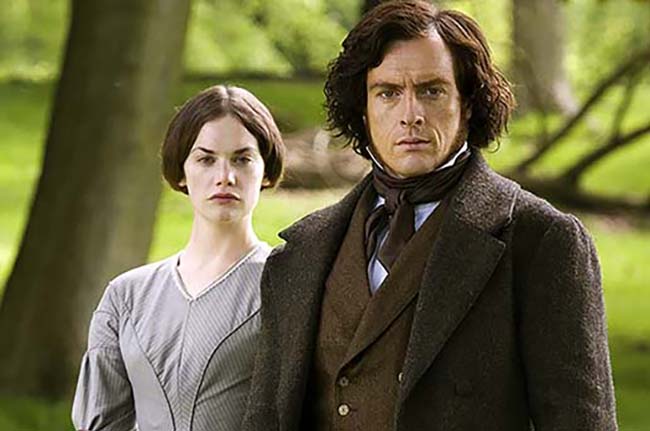
Toby Stephens as Mr. Rochester and Ruth Wilson as Jane Eyre in the 2006 mini-series
Hello dear readers! Charlotte Brontë’s novel Jane Eyre (which I adore and have read about 197 times) is so full of real and true experiences from Charlotte’s own life, that I couldn’t fit them all into one blog post—so here is part two of this ongoing series. Today I will concentrate on the origin of the fascinating, iconic hero of Jane Eyre, Mr. Rochester.
Where did the inspiration for Mr. Rochester come from? In fact, it came from two sources, both real and imaginary. Charlotte and her siblings, to feed their active imaginations during their growing-up years, wrote countless stories (which they often illustrated) about exotic lands filled with heroic characters. One of Charlotte’s favorite characters was her Duke of Zamorna. Mr. Rochester, with his pride and sarcastic wit, his string of past mistresses, his attractiveness to women, and his illegitimate child, seems to be a re-creation of Zamorna.
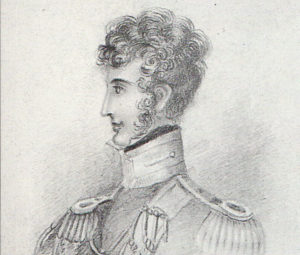
The Duke of Zamorna, by Charlotte Brontë
Rochester differed from Zamorna, however, in one important aspect: his physical appearance. Zamorna was handsome, as you can see in Charlotte’s sketch of him. Even though Mr. Rochester is often portrayed as handsome in the film and mini-series versions of Jane Eyre, in the novel, Charlotte describes him as “an ugly man … yet, there was so much unconscious pride in his port; so much ease in his demeanour; such a look of complete indifference to his own external appearance; so haughty a reliance on the power of other qualities, intrinsic or adventitious, to atone for the lack of mere personal attractiveness, that, in looking at him, one inevitably shared the indifference.”
She further described him as being “of middle height, with stern features, broad and jetty eyebrows, a square forehead, and black hair.”
Could she have been describing this man?
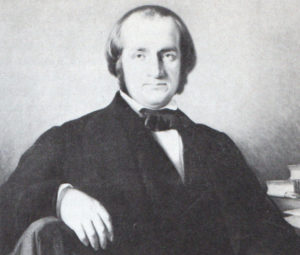
Constantin Heger, 1847
This is Constantin Heger, the Belgian professor at the Pensionnat Heger, where Charlotte studied for two years beginning at age 26. Charlotte fell in love with Monsieur Heger, who was 33 years old at the time—and a married man. Charlotte’s frustrated, unreturned feelings for M. Heger permeated her life for a great many years.
It seems incontrovertible that Charlotte based Mr. Rochester on M. Heger when you compare the other ways in which she described them. Mr. Rochester—like M. Heger—has “a decisive nose, more remarkable for character than beauty; full nostrils, denoting choler; a grim mouth, chin, and jaw.” He was not handsome, she said, but had “a good figure in the athletic sense of the term—broad-chested and thin-flanked, though neither tall nor graceful.” “Perhaps,” she added, “he might be thirty-five.”
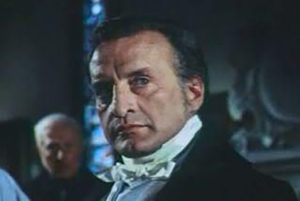
George C. Scott made a fiery and commanding Mr. Rochester in Jane Eyre 1970
Charlotte’s depiction of Monsieur Heger, in a letter to Ellen Nussey, is eerily similar: “He is a man of power as to mind, but very choleric and irritable as to temperament; a little black ugly being, with a face that varies in expression. Sometimes he borrows the lineaments of an insane tomcat; occasionally, he assumes an air not above 100 degrees removed from mild and gentle-man-like.” Isn’t that an excellent description of George C. Scott’s rendition of Mr. Rochester in the 1970 version of Jane Eyre?
The real-life man and the hero from Jane Eyre share many other personality traits and habits. For example, Charlotte writes with flair about Mr. Rochester’s penchant for smoking cigars—and M. Heger was an avid cigar-smoker as well.
And what of Charlotte’s passion for her married professor? How does that play out in the novel Jane Eyre?
We know of Charlotte’s feelings for M. Heger, because her letters to him after she returned to England are filled with admissions of attachment.
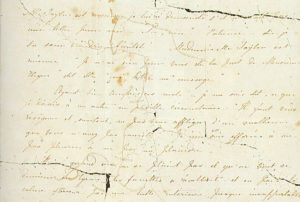
One of Charlotte Bronte’s impassioned letters to her married Belgian professor, Monsieur Heger
Although M. Heger’s side of that correspondence is missing, one of his surviving letters written to another former pupil several decades later, breathes an intimacy and sensuality which a susceptible woman might find deeply erotic. He wrote to the lady in question:
“I only have to think of you to see you. I often give myself the pleasure when my duties are over, when the light fades. I postpone lighting the gas lamp in my library, I sit down, smoking my cigar, and with heart will I evoke your image—and you come (without wishing to, I dare say) but I see you, I talk with you—you, with that little air, affectionate undoubtedly, but independent and resolute—just as I knew you, my dear… as I have esteemed and loved you.”
This could be Mr. Rochester talking to Jane Eyre. A friend of the Hegers wrote in 1870, long before Charlotte’s passion became public knowledge: “That was his practice with all his wife’s most intellectual pupils, and let me hasten to add, there was no illicit affection on his part. He was a worshipper of intellect and he worshipped Charlotte Brontë thus far and no further.”
It is not surprising though that Charlotte—lonely, vulnerable, and aware that her mental acuity made her special in M. Heger’s eyes—was seduced by him, mentally, if not physically. She fell in love with a married man, knowing that to be a great sin, but powerless to do anything about it. And so she gave that sin to an unwitting Jane Eyre.
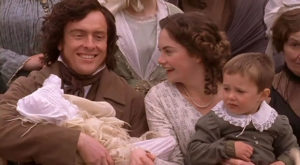
Mr. Rochester and Jane Eyre enjoy their happy ending in the Jane Eyre 2006 mini-series
In the novel, Charlotte articulated all the pent-up emotion which had been fermenting in her soul for years. She could not declare her love for M. Heger, a married man, but her heroine could and would. Jane, like Charlotte, took the moral line and fled from temptation. But Jane Eyre, unlike Charlotte, could eventually return and have a happy ending with the man she loved.
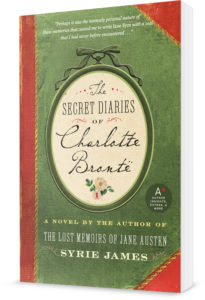 I learned this and so much more while researching and writing my novel The Secret Diaries of Charlotte Brontë, which explores Charlotte’s impassioned relationship with Monsieur Heger, her journey to becoming a published author, and her romance with Arthur Bell Nicholls, the Irishman who was secretly in love with her for years before he had the nerve to propose. I hope you’ll find it compelling!
I learned this and so much more while researching and writing my novel The Secret Diaries of Charlotte Brontë, which explores Charlotte’s impassioned relationship with Monsieur Heger, her journey to becoming a published author, and her romance with Arthur Bell Nicholls, the Irishman who was secretly in love with her for years before he had the nerve to propose. I hope you’ll find it compelling!
Stay tuned for future blog posts, in which I’ll share more autobiographical details in Jane Eyre and Charlotte’s other novels.
Reader, did you find any of these autobiographical details in Jane Eyre surprising? If so, I’d love to hear your thoughts. Please leave a comment!
Further Reading
Related
Syrie James at the Jane Austen Festival in Bath
I had the thrill of a lifetime participating in the Jane Austen Festival this month in Bath, England. It is the largest and longest-running Jane Austen Festival in the…
SUMMER RECOMMENDED READING
Summer is the perfect time to dive into a juicy novel. I’m a fan of many genres including historical and contemporary fiction, Christian and inspirational fiction, mystery, suspense,…
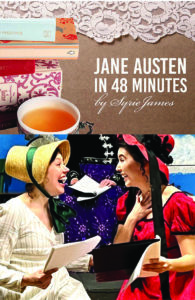
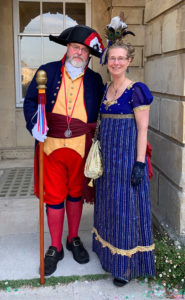
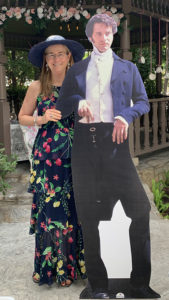
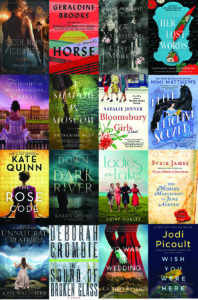
Absolutely he was partially inspired by Heger, but his main basis was the Earl of Rochester.